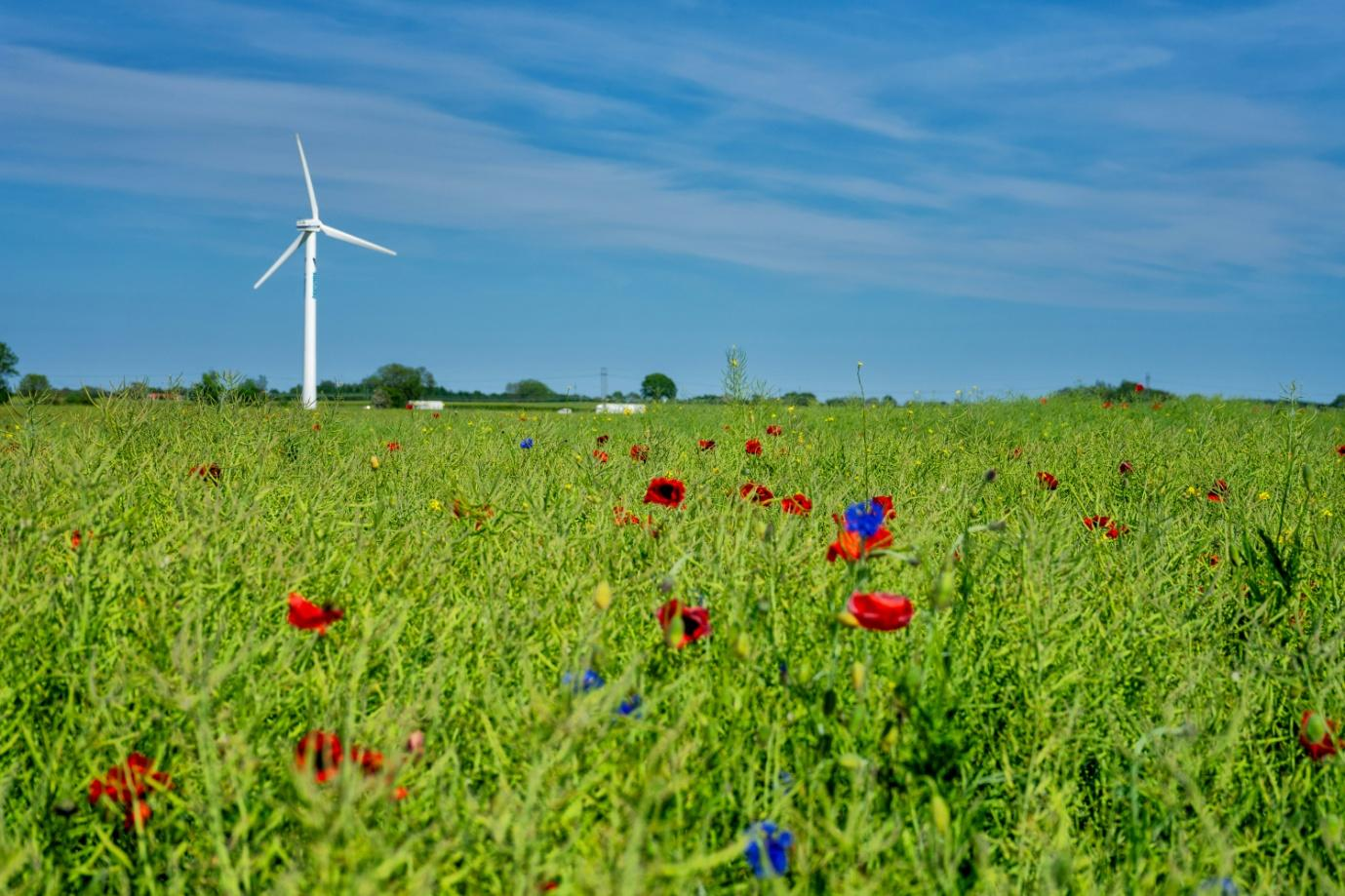Have you ever wondered how sci-fi visions of a greener future might become reality? In the face of environmental challenges, innovation is key to building a more sustainable world.
Green technologies are revolutionizing how we address climate change, conserve resources, and protect biodiversity. Let’s explore some exciting advancements that could help pave the way for a greener future.
1. Solar Power Innovations
Solar power has been a leading renewable energy source for years, but recent advancements are making it even more efficient.
● Perovskite Solar Cells: These lightweight, flexible solar cells have the potential to surpass traditional silicon cells in efficiency and production cost.
● Solar Windows: Transparent solar panels integrated into windows could turn buildings into self-sustaining energy generators, reducing our dependence on external power sources.
2. Vertical Farming
As urbanization increases, traditional farming methods struggle to meet global food demand. Vertical farming changes the game by growing crops in stacked layers, often indoors.
● Hydroponics and Aeroponics: These soil-free farming techniques use less water and land and reduce the need for harmful pesticides and fertilizers.
● Urban Agriculture: Vertical farms in city centers reduce transportation emissions, bringing fresh food directly to consumers.
3. Electric Vehicles (EVs)
Electric vehicles are already on the rise, but innovations continue to improve their efficiency and range.
● Solid-State Batteries: This technology promises to make EVs lighter, more efficient, and capable of longer distances without increasing charging times.
● Vehicle-to-Grid (V2G): This system allows EVs to send energy back to the grid when not used , supporting energy storage and stabilizing supply.
4. Biodegradable Plastics
Plastic pollution is one of the world’s most pressing environmental issues. Biodegradable plastics, made from renewable resources, are a promising solution.
● Plant-Based Plastics: Made from corn or sugarcane, these materials decompose more quickly than petroleum-based plastics, reducing waste in landfills and oceans.
● Seaweed Plastics: Seaweed-based plastic is a biodegradable alternative that breaks down naturally, offering a sustainable option for packaging.
5. Carbon Capture and Storage (CCS)
To slow climate change, we must capture carbon dioxide (CO2) emissions before they reach the atmosphere.
● Direct Air Capture (DAC): This technology pulls CO2 directly from the air and stores it underground or uses it in industrial applications.
● Enhanced Weathering: This method accelerates natural processes by using minerals to absorb CO2 and store it safely in rocks.
A Greener Tomorrow
These innovations represent just a glimpse of the green technologies transforming our world. As we continue to push for sustainability, these breakthroughs will play a vital role in creating a cleaner, more efficient future.
Stay updated on the latest in green tech by visiting the Conservation Institute. Together, we can make the world a greener place for future generations.









